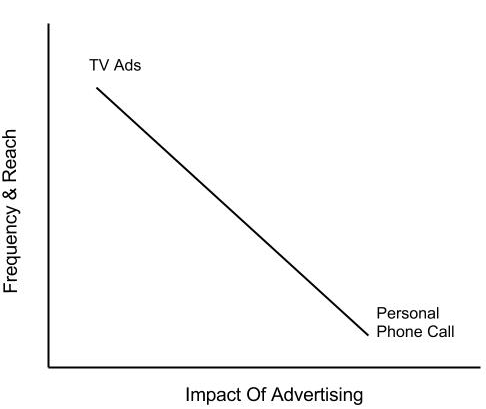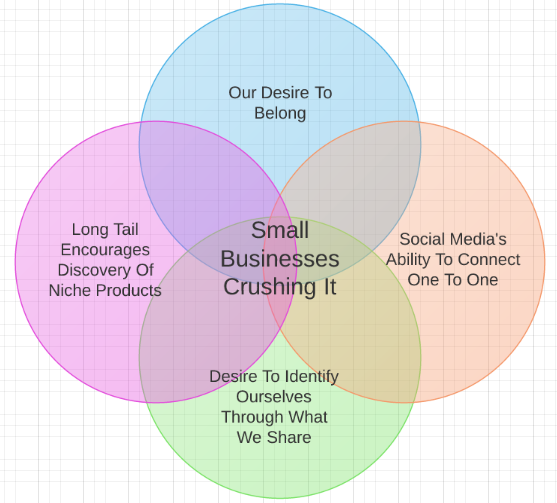Amazon, Ebay, Sears, WalMart and Newegg are a few examples of the stores that offer marketplaces for third parties to sell their products alongside the company’s own inventory (won’t be long until Facebook and Apple are there too). These marketplaces are making huge strides to weeding out competition and consolidating the ecommerce landscape by providing incredible solutions to both retailers and customers. The landscape for future of ecommerce could very well be made up of a handful of huge portals where the majority of transactions take place.
1. Any ecommerce retailer that wants to sell overseas faces translations, currency and payment processing hurdles that require incredible investment to handle. Amazon, Ebay and others are bridging these hurdles for anyone interested in selling online. By the time all the other US retailers figure out how to set up their websites all over the world, Amazon and Ebay will already have huge market share overseas.
2. Mobile shopping is exploding but the user experience for mobile websites continues to be difficult. Every site a visitor goes to is unique, requiring them to relearn where to find their purchase history, store locator or customer service number – if any of those features even exist on the mobile version of the site at all. These big marketplaces give customers a familiar, uniform place to shop.
3. Amazon, Google and Ebay are moving towards crazy fast and efficient shipping models. Google Shopping Express, Ebay Now, and Amazon Lockers are all creating shipping experiences that other ecommerce players are too far behind to ever compete with due to lack of scale. As soon as customers are used to free incredibly fast shipping, they won’t settle for anything else, forcing more retailers to sell through these marketplaces.
4. More on mobile shopping – Any brand who has ever made an app has quickly discovered how hard it is to get people to download it. App discovery is a mess. Not only that but getting someone to download the app is only the beginning of the problem, once it sits on the 3rd or fourth page of their iPhone home screen it rarely gets used. Enter the marketplace: Ebay app users spend 108 minutes within 34 sessions a month on their app. Why go through the expense of creating and marketing an app when you can create a shop within the app everyone is already using?
5. Customers are loyal to these marketplaces. Especially Amazon Prime members. Anyone who has Amazon Prime is going to first look on Amazon for the product they want to buy because they will get it fast and for free (showrooming doesn’t only happen offline, users do research on other sites online and then go to Amazon to buy too). Why bother with loyalty programs from all the other brands out there? If practically everything you want is already on Amazon along with your favorite loyalty program, tied into all the other media you consume, with the device that makes it all super simple – then you’re done.
6. Amazon, Apple, Ebay and Google all have hundreds of millions of credit cards on file and are poised to be the portals that everyone uses to store their credit cards and purchase online – they are secure, offer great fraud protection to sellers and are familiar for customers to use by storing their credentials. Google Wallet, Paypal and Amazon Payments are making big inroads as being purchase options on many big ecommerce sites, increasing conversion rates because they give customers more confidence – furthering the size of their reach.


